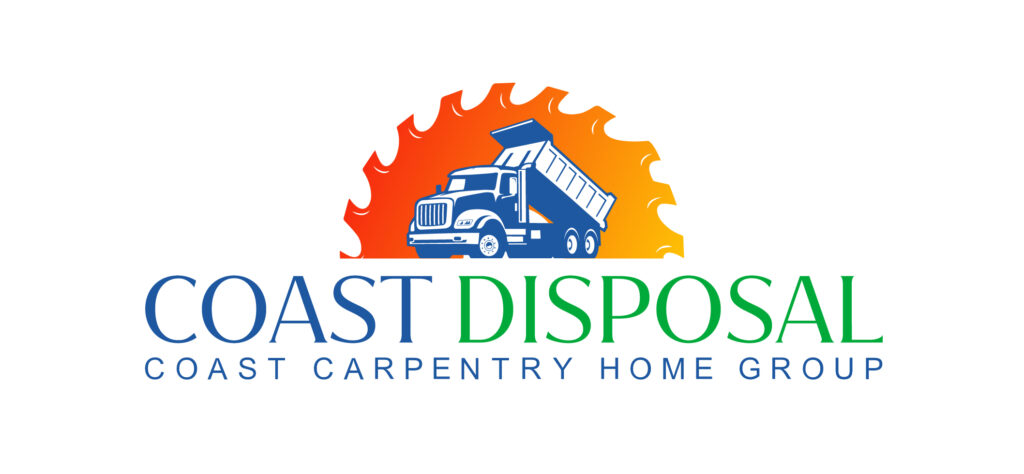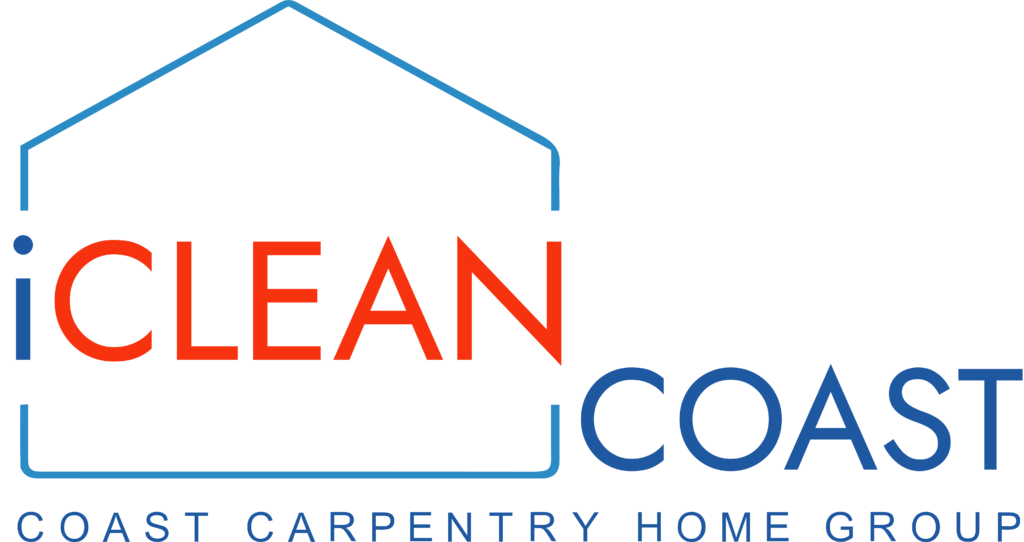Roof ventilation is critical to maintaining a healthy and durable home. When roofs are not adequately ventilated, various problems can arise. Excess heat and moisture can get trapped in the attic, leading to several issues that could harm your home’s structure and comfort.
By identifying the signs and knowing the causes, you can take proactive steps to ensure the proper airflow in your attic and roof. This will protect your home, enhance your comfort, and save you money in the long run.
Signs of Poor Roof Ventilation
Poor roof ventilation can lead to a range of issues within your home. It’s essential to recognize the signs so you can take action. Here are some common indicators:
Unusually High Energy Bills: If your heating and cooling costs seem higher than average, poor roof ventilation could be the problem. When your attic traps heat, your AC works harder to cool down your home, driving energy bills.
Roof Damage: Look for damage like curling or missing shingles. Excess heat in an attic can cause shingles to warp, become brittle, or deteriorate faster than they should.
Ice Dams in Winter: In cold weather, inadequate ventilation can lead to ice dams. Warm air from the attic melts snow on the roof, which refreezes at the edges, causing ice to build up and potentially damage your roof.
Visible Mold and Mildew: Check your attic for mold or mildew. If you see mold or mildew, it indicates that moisture is not adequately vented out, creating a perfect environment for mold growth that can spread to other parts of your home.
Musty Odors: A musty smell in your attic or upper floors often indicates poor roof ventilation. This odor results from trapped moisture and can affect indoor air quality.
Common Causes of Roof Ventilation Problems
Understanding what causes roof ventilation issues can help you address them effectively. Here are some common causes:
Blocked Vents: Vents can become blocked by debris, insulation, or even animal nests. When airflow is obstructed, ventilation is compromised, leading to heat and moisture buildup in the attic.
Insufficient Vents: An attic may not have enough vents for proper airflow. A balanced system with both intake and exhaust vents is crucial. Without enough vents, hot air gets trapped inside the attic.
Improper Installation: Poorly installed ventilation systems can contribute to ventilation problems. If vents are not placed correctly, they won’t work as intended, leading to areas of stagnant air and increased moisture.
Aging Roofs: Older homes might have outdated ventilation systems that no longer meet current standards. Over time, vents can deteriorate, reducing their effectiveness and necessitating an upgrade.
Design Flaws: Some roof designs make ventilation difficult. Roofs with complex shapes or multiple angles may not allow for effective airflow, requiring customized ventilation solutions to ensure adequate airflow.
Identifying and addressing these common causes can significantly improve your roof’s ventilation and protect your home from the associated problems.
Effective Solutions to Improve Roof Ventilation
Improving roof ventilation is crucial in maintaining a healthy home. Here are some practical solutions to enhance airflow:
Install More Vents: Adding more intake and exhaust vents can significantly improve air circulation in your attic. Ridge vents, soffit vents, and gable vents are popular options. Ensure you balance the intake and exhaust vents to create a continuous airflow.
Use Attic Fans: Attic fans help expel hot air from your attic. They can be electric-powered or solar-powered. Place them near the roof peak to maximize their effectiveness in pulling out hot air.
Ensure Proper Insulation: Insulating your attic helps maintain consistent temperature and prevents moisture buildup. Make sure the insulation does not block vents, which can obstruct airflow.
Clear Blockages: Regularly check your vents for blockages. Clean out leaves, debris, or nests that prevent proper air movement. This simple step can drastically improve ventilation.
Professional Evaluation: A professional inspection is sometimes necessary to identify and correct ventilation problems. Experts can assess your attic and roof design and provide tailored solutions to ensure optimal airflow.
These solutions can significantly enhance the ventilation in your attic, protecting your home from the various issues caused by poor ventilation.
Benefits of Proper Roof Ventilation
Good roof ventilation offers multiple benefits that keep your home safe and comfortable. Here’s why it’s so important:
Longevity of Roof System: Proper ventilation prevents heat buildup and moisture accumulation. This reduces the risk of shingles warping, cracking, or deteriorating prematurely, extending the lifespan of your roof.
Energy Efficiency: A well-ventilated attic helps regulate indoor temperatures, making your heating and cooling systems work more efficiently. This can lead to lower energy bills and a more comfortable living environment.
Prevent Mold and Mildew: Proper ventilation prevents mold and mildew growth by allowing moisture to escape. This protects your home’s structure and improves indoor air quality, promoting a healthier living space.
Ice Dam Prevention: In colder climates, good ventilation prevents ice dams by maintaining a cooler roof surface. This prevents snow from melting and refreezing at the roof edges, which can cause significant damage.
Improved Home Comfort: Effective ventilation keeps your attic temperature closer to the outside temperature, preventing excess heat and cold from affecting your home’s interior. This leads to a more stable and comfortable indoor environment.
Understanding these benefits emphasizes maintaining a well-ventilated roof, contributing to a healthier and more cost-efficient home.
Conclusion
Roof ventilation is a crucial aspect of home maintenance that shouldn’t be overlooked. Identifying signs of poor ventilation and understanding the common causes can help you take proactive measures. Implementing effective solutions like adding vents, using attic fans, and ensuring proper insulation will significantly improve your roof’s ventilation.
The benefits of good roof ventilation are clear. It extends the life of your roof, boosts energy efficiency, prevents mold growth, and enhances your home’s comfort. By maintaining proper ventilation, you protect your investment and ensure your home’s long-term health and efficiency.
For expert assistance in improving your roof ventilation, contact Coast Carpentry Construction. We specialize in ensuring your Cape Cod home remains safe and comfortable with our professional home improvement services. Reach out to our roofing contractors in Cape Cod today, and let us help you create a healthier living environment.







